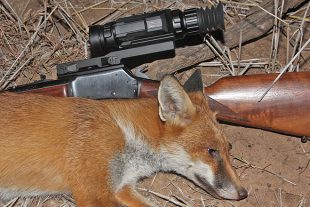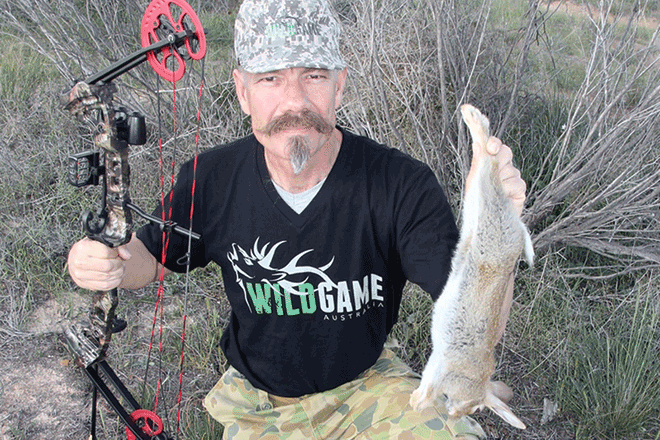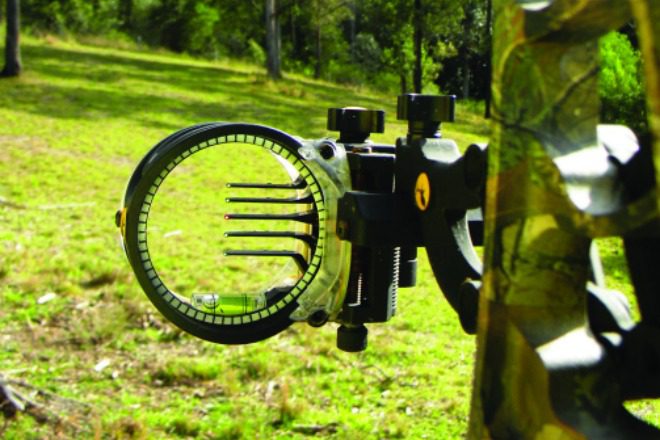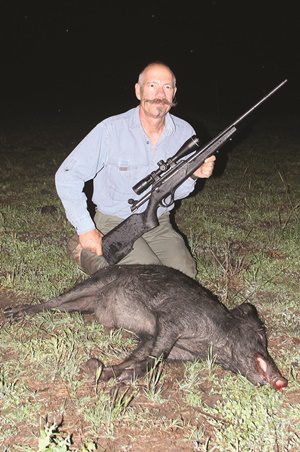
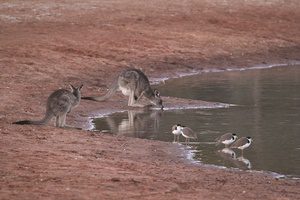
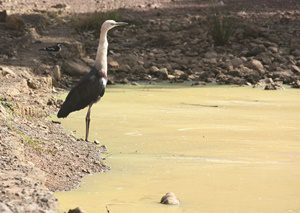
HAVING grown up on a farm, I am acutely aware of how time poor (and cash poor) our families are who earn their living on the land.
Various feral animals have a significant impact upon the annual earnings of our inland primary producers through direct predation on stock, consumption of crops and competition for grazing (and water). This is why recent years have seen me spending more of my spare time on farms controlling those pest animals.
We’ve already looked at rabbits and foxes in the pages of Bush ‘n Beach, so this month I’ll share some random yarns about a larger pest, the feral pig, or razorback as it is sometimes known. Pigs are incredibly destructive both on farms and in the bush, causing damage that needs to be witnessed for full comprehension. They’ll punch holes through sheep mesh fences, destroy hectares of crops, damage stock feeders and water points and also plough bore drains and dam banks.
Being omnivores, pigs also kill lambs and even ewes during lambing season, along with preying upon drought-weakened stock (too common at the moment). In the bush they destroy substantial swathes of wetlands, uprooting vegetation to eat roots and tubers. Their habit of wallowing and defecating in waterholes fouls this valuable resource and can spread disease. When foot and mouth arrives in northern Australia (an inevitability as it is present in the islands to our north), feral pigs will spread it through the landscape like wildfire.
One of my recent hunts was to a 15,000-acre cattle grazing and broadacre cropping property in central NSW. Like much of inland NSW, this property sits in an area in the grip of drought, meaning grain crops had failed and dams were drying – times were tough. Chatting to the farmer revealed feral pigs were coming out of patches of native bushland to eat the meagre heads of wheat that had managed to form in spite of the dry. Though the crops were far too patchy to consider harvesting, they were being used as forage for the beef cattle that would bring an income.
That income, in the absence of a grain harvest, is absolutely essential to pay the costs incurred in just keeping a farm running and putting groceries into the pantry. Every pig sneaking in at night was therefore taking food from the table of the family. I was carrying my dedicated pig rifle, an Australian-made Lithgow LA102 chambered for the time-proven and popular .308 Winchester cartridge.
Due to the daytime heat, pigs were laying up in the scrub during the day, coming out to raid the cultivated paddocks at dusk. This meant spotlighting was the obvious method to get rid of some of the marauding porkers. Pigs are allegedly as intelligent as dogs, and those that have had exposure to hunters certainly become very cunning and hard to shoot. It became obvious we were dealing with educated pigs because the only sights we were getting were of retreating black rumps half a kilometre away.
Persistence eventually produced results, with close shots coming when a mob of small pigs were flushed from a hay shed where the cheeky buggers were eating sorghum. Hand-loaded ammunition turned out of my extremely diverse workshop, using 130gn hollow-point projectiles pushed along by Aussie-made AR2208 powder proved to be spot-on for mid-sized pigs. During our few days on the property we watched the last of the dams in the back country dry completely, forcing the remaining pigs to move on in search of waterholes.
Not long prior to that hunt, my wife and I had been much further south to stay on a farm on the desiccated saltbush plains of southwestern NSW. Though we were targeting foxes that may be preying on lambs, we encountered quite a few pigs, obviously intent on a feed of newborn dorper too. Every afternoon and evening we encountered either large solitary pigs or family mobs patrolling the lambing paddocks.
Head shots from my accurate little CZ Brno fox rifle kept tipping pigs over as fast as we could find them, resulting in an extremely satisfying outing. The owners of the property were quite surprised by the fact we dropped more pigs than foxes because they were unaware how many grunters were visiting under the cover of darkness. Without the efforts of recreational hunters, little pressure would be placed on the nation’s feral pig problem.
It is unreasonable to expect landowners to meet the expense or invest the time required to control the numbers of razorbacks, so an unpaid army of conservation-minded shooters takes on the task throughout rural Australia every weekend. Currently I’m playing with night vision gear to do away with the need for a spotlight that gives the game away, alerting pigs to our intentions.
But that, as they say, is another story.
 Bush 'n Beach Fishing Magazine Location reports & tips for fishing, boating, camping, kayaking, 4WDing in Queensland and Northern NSW
Bush 'n Beach Fishing Magazine Location reports & tips for fishing, boating, camping, kayaking, 4WDing in Queensland and Northern NSW






